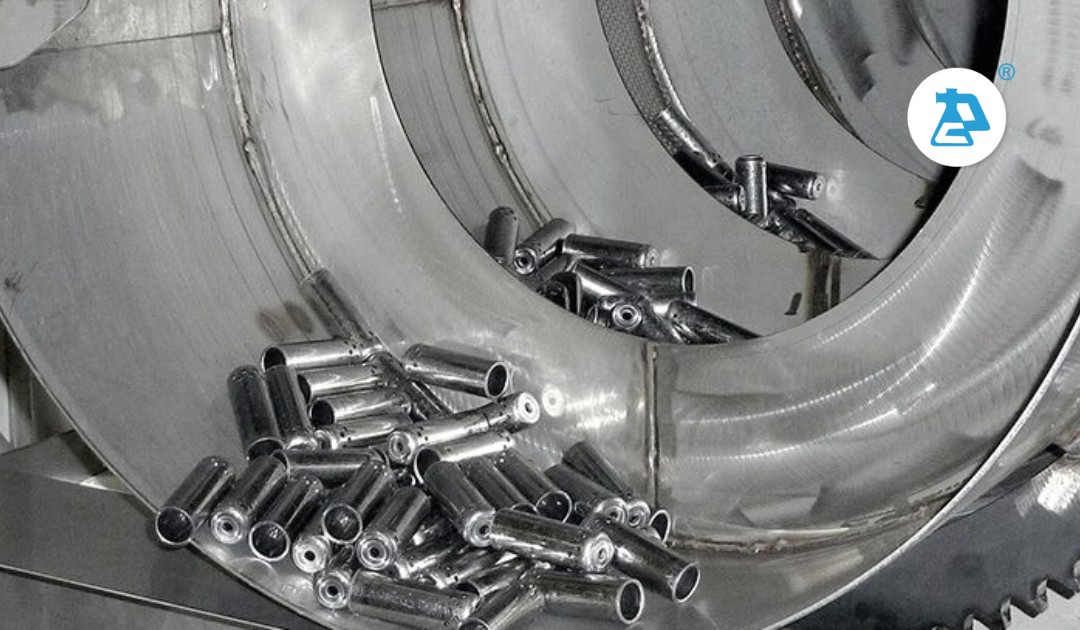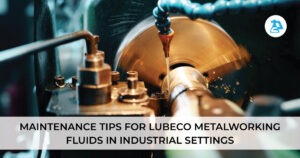Introduction:
Cleaning processes are fundamental across various industries, ensuring the maintenance of equipment, parts, and surfaces. Two common types of cleaners employed in industrial settings are solvent cleaners and aqueous cleaners. While both serve the purpose of removing contaminants, they differ significantly in composition, effectiveness, and environmental impact.
In this blog, we’ll delve into the distinctions between solvent and aqueous cleaners to shed light on their respective strengths, weaknesses, and applications.
Solvent Cleaners:
Composition:
Solvent cleaners are formulated with organic compounds, such as hydrocarbons, alcohols, or chlorinated solvents, which have strong dissolving properties.
These solvents effectively break down oils, greases, waxes, and other hydrophobic contaminants, making them ideal for heavy-duty cleaning tasks.
Effectiveness:
Solvent cleaners are renowned for their high cleaning power and ability to remove stubborn residues that water-based cleaners may struggle to dissolve.
They excel in degreasing and precision cleaning applications, offering fast and thorough results without leaving behind any water-based residue.
Application:
Solvent cleaners are commonly used in industries where precision cleaning is essential, such as aerospace, automotive, electronics, and metalworking.
They are preferred for cleaning delicate components, intricate machinery, and surfaces that cannot tolerate water exposure or residue buildup.
Environmental Impact:
One of the primary drawbacks of solvent cleaners is their environmental impact, as many solvent compounds are volatile organic compounds (VOCs) that contribute to air pollution and pose health risks.
Strict regulations govern the use and disposal of solvent cleaners to mitigate environmental contamination and ensure worker safety.
Aqueous Cleaners:
Composition:
Aqueous cleaners, also known as water-based cleaners, are formulated with water as the primary solvent, along with surfactants, detergents, and additives to enhance cleaning efficacy.
These cleaners are designed to emulsify and suspend contaminants in water, allowing for easy removal through rinsing or filtration.
Effectiveness:
Aqueous cleaners are effective at removing a wide range of contaminants, including oils, greases, dirt, and particulate matter, without the need for harsh chemicals.
They offer versatility in cleaning various surfaces and materials, from metals and plastics to ceramics and composites.
Application:
Aqueous cleaners find applications across diverse industries, including manufacturing, healthcare, food processing, and household cleaning.
They are favored for general-purpose cleaning, degreasing, and surface preparation tasks where environmental considerations, worker safety, and material compatibility are paramount.
Environmental Impact:
Aqueous cleaners are generally considered more environmentally friendly than solvent cleaners, as they have lower VOC emissions and reduced toxicity.
However, proper waste management practices are still essential to prevent contamination of water sources and minimize environmental impact.
Conclusion:
In summary, solvent cleaners and aqueous cleaners offer distinct advantages and drawbacks depending on the cleaning requirements, surface materials, and environmental considerations. While solvent cleaners excel in precision cleaning and degreasing tasks, they pose greater health and environmental risks.
On the other hand, aqueous cleaners provide a safer and more sustainable cleaning solution for a wide range of applications, albeit with some limitations in effectiveness and compatibility. By understanding the differences between solvent and aqueous cleaners, industries can make informed decisions to optimize cleaning processes while prioritizing worker safety and environmental stewardship.




